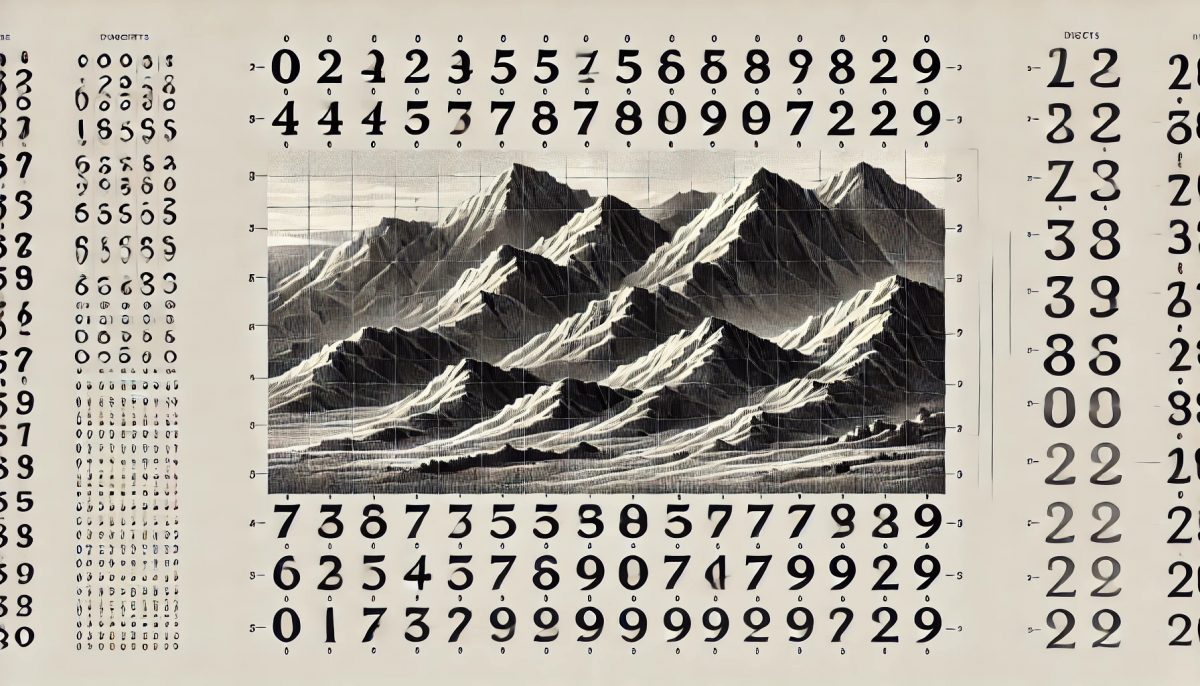Before diving into the code, let’s clarify what handwritten digits and the MNIST dataset are and why they’re commonly used in generative AI.
The MNIST dataset is a large collection of 28×28 grayscale images of handwritten digits ranging from 0 to 9. It contains:
- 60,000 training images: These are used to teach machine learning models to recognize patterns in the digits.
- 10,000 test images: These are used to evaluate how well the model performs on unseen data.
Each image represents a single handwritten number and is labeled with the correct digit it depicts (e.g., an image of the number “7” is labeled as “7”). However, for generative AI tasks, the labels are often not used because the goal is to create new, realistic-looking digits rather than classify existing ones.
Why Use MNIST for Generative AI?
The MNIST dataset is widely used because:
- Simplicity: Its relatively small size and clear structure make it ideal for beginners.
- Standardization: The uniform 28×28 size ensures consistency across all images.
- Broad Adoption: It’s a benchmark dataset, meaning many researchers and developers use it to test and compare models.
In our example, the generative model will use random noise as input and learn to produce new images that resemble the handwritten digits in the MNIST dataset. While the images aren’t exact replicas, they mimic the style and structure of actual digits.
With this foundation, you can better understand how the model works to generate new “handwritten” numbers that look as though they were written by a human!

